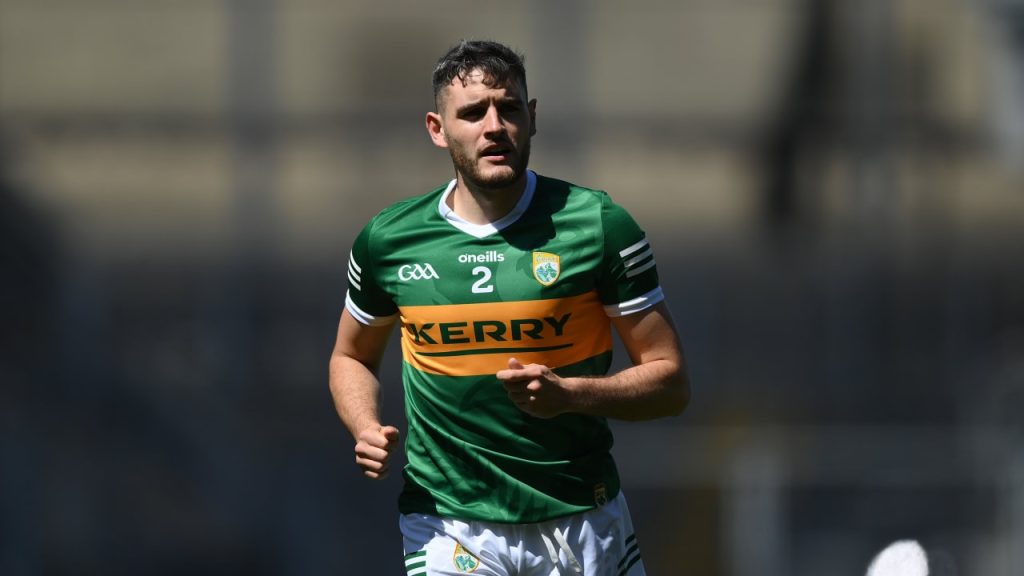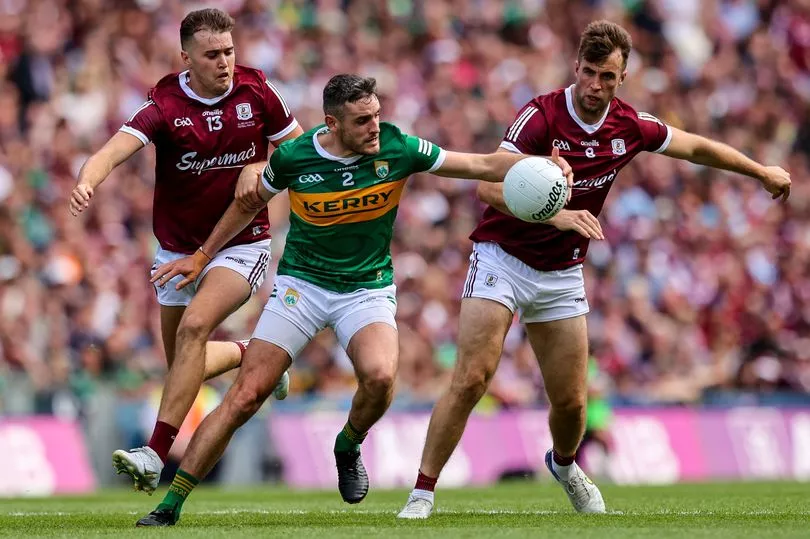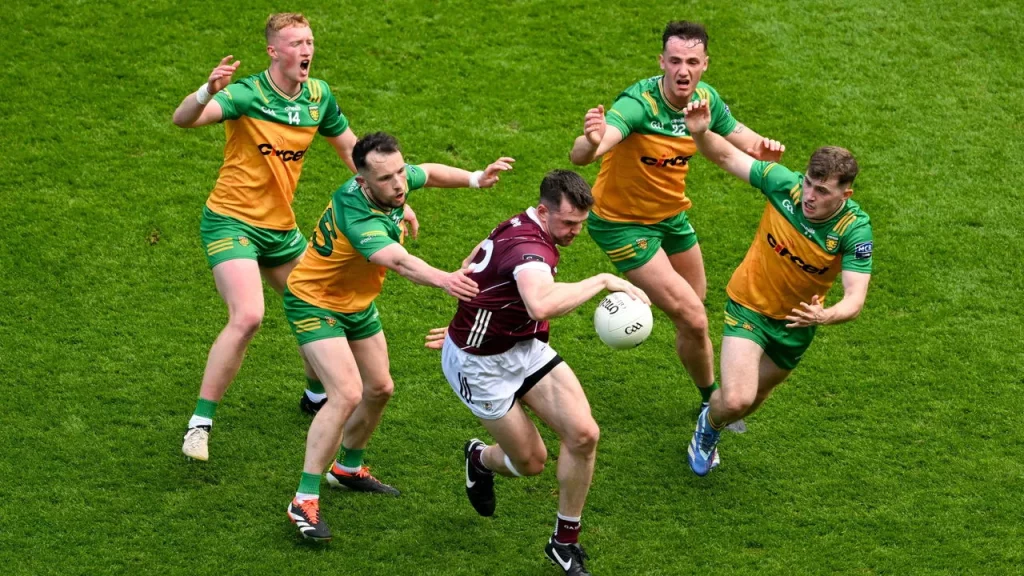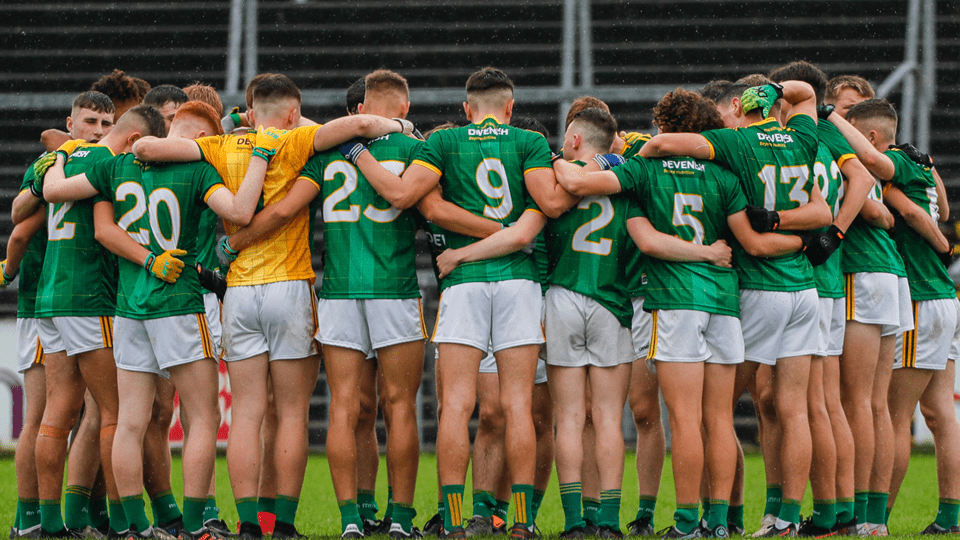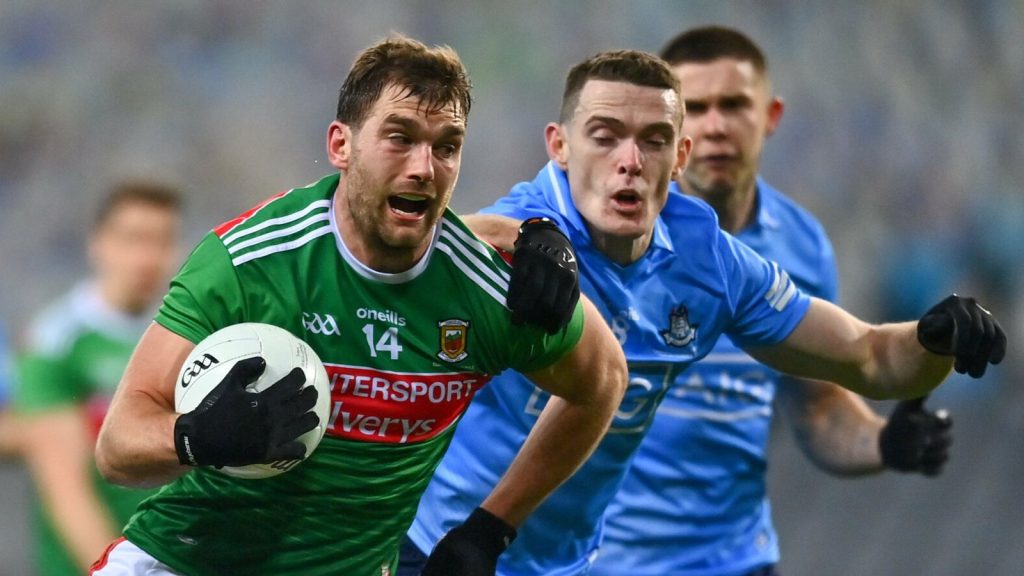As Kerry prepare for their All-Ireland quarter-final following a mixed Super 8s campaign, manager Jack O’Connor is facing a critical selection dilemma in the middle of the field. The Kingdom’s midfield has been a problem area throughout this year’s championship, with injuries to David Moran and Diarmuid O’Connor exposing a lack of depth in this crucial sector. However, an unlikely solution may have emerged in the form of versatile defender Graham O’Sullivan, whose performances when pushed forward have caught the eye of both supporters and analysts alike.
Table of Contents
The Dromid Pearses clubman has been one of Kerry’s most consistent performers this season, primarily operating in the half-back line, but his cameo appearances in midfield during the Super 8s have prompted calls for a permanent positional switch. Irish betting firms have taken notice of this potential tactical adjustment, with Leonbet offering special markets on O’Sullivan’s starting position for the quarter-final, reflecting the growing sentiment that his deployment in midfield could significantly boost Kerry’s championship prospects.
“Graham has that versatility that modern Gaelic football demands,” said former Kerry midfielder and five-time All-Ireland winner Darragh Ó Sé. “What’s impressed me most is his game intelligence. When he’s been pushed into midfield, he hasn’t looked out of place at all. He reads the game exceptionally well, he’s physically strong, and he has the engine to get up and down the field for 70-plus minutes.”
- Sign up bonusWelcome bonus: up to €300*T&C ApplyExtensive sportsbook and casino gamesGenerous welcome offersMultiple banking options including cryptocurrenciesMobile-friendly with dedicated appsLicensed and secureLeonBetJoin Now
- Sign up bonusWelcome bonus: up to €50 in Free Bets*T&C ApplyLarge range of sports and betting marketsCompetitive oddsExcellent customer service centreMrGreenJoin Now
O’Sullivan’s midfield minutes show promise
While O’Sullivan has predominantly played in Kerry’s half-back line throughout his intercounty career, his midfield appearances this season have offered compelling evidence that he could excel in a more central role. Against Mayo in the final Super 8s fixture, O’Sullivan was moved to midfield for the final 25 minutes and helped transform Kerry’s fortunes, winning four kickouts cleanly and providing the platform for a late surge that secured victory.
The statistics from that Mayo game make for interesting reading. In his time at midfield, O’Sullivan won 100% of his personal duels (6/6), gained possession five times, and executed three turnovers. Perhaps most significantly, Kerry outscored Mayo by 1-4 to 0-2 during the period when O’Sullivan operated in the middle third.
Former Kerry manager Éamonn Fitzmaurice believes these numbers reflect O’Sullivan’s suitability for the role. “What Graham brings is a combination of athleticism and football intelligence,” Fitzmaurice explained. “He’s not the tallest, standing around 6’0″, but he has exceptional timing when contesting kickouts, and his anticipation allows him to break ball effectively even against bigger opponents.”
Kerry’s midfield issues have been exacerbated by the absence of Diarmuid O’Connor, whose hamstring injury has sidelined him since the Munster final. While Jack Barry has been a dependable presence, the partnership with Adrian Spillane has lacked the dynamism needed at the highest level, particularly evident in Kerry’s comprehensive defeat to Dublin in the opening Super 8s fixture.
“The midfield battle is where that game was lost,” noted Kerry legend Tomás Ó Sé. “Dublin dominated the kickout, both their own and Kerry’s, which provided them with the platform for victory. Jack O’Connor knows that can’t happen again if Kerry are to challenge for Sam Maguire.”
The tactical advantages of O’Sullivan at midfield
O’Sullivan’s potential redeployment to midfield would offer several tactical advantages beyond simply his individual attributes. At 28, he brings experience and leadership to a crucial sector, while his defensive instincts could provide better protection for Kerry’s full-back line, which has occasionally looked vulnerable to direct running from deep.
Kerry football analyst Mike Quirke highlighted how O’Sullivan’s positioning sense could benefit the overall team structure: “One of Graham’s strengths is his ability to read danger and cut out attacks before they develop. In midfield, he could act as a shield for the defense, dropping back when needed to offer protection, similar to how Brian Fenton operates for Dublin.”
Another advantage would be O’Sullivan’s distribution skills. With a pass completion rate of 92% this championship, he rarely wastes possession and has demonstrated an ability to pick out intelligent passes that transition defense into attack quickly. This could be particularly valuable against teams that deploy a packed defense, where quick, accurate ball into the forward line is essential.
Former Kerry forward Darran O’Sullivan (no relation) believes the move could also benefit Kerry’s overall attacking structure: “Graham has the ability to carry ball through the lines, which forces opposition midfielders to commit to him. That creates space for Kerry’s inside forwards. He’s not just a defensive midfielder – he can contribute significantly to the attacking game plan too.”
The potential switch would also allow Tadhg Morley to return to his preferred sweeping role in defense, where he excelled during Kerry’s 2022 All-Ireland winning campaign. Morley has occasionally been pushed into midfield this season but has looked more comfortable in his defensive role where his reading of the game makes him one of the competition’s best interceptors.
Precedent for defensive converts in midfield
The idea of converting a defender into a midfielder is not without precedent in Kerry or in the wider GAA. Current Kerry selector Micheál Quirke began his career as a defender before becoming one of the county’s most reliable midfielders during the late 2000s, winning All-Ireland medals in both positions.
More recently, Dublin successfully converted James McCarthy from a half-back to a midfielder, with the Ballymun Kickhams man forming a formidable partnership with Brian Fenton during Dublin’s five-in-a-row era. McCarthy’s transition provides perhaps the most relevant template for O’Sullivan, as both players share similar physical attributes and game intelligence.
“The McCarthy example is interesting,” said Kerry manager Jack O’Connor when questioned about the potential switch at a press briefing this week. “James was an outstanding half-back who brought those defensive instincts to midfield, but also had the athleticism to influence games further up the field. We’ve seen Graham do similar things for us in patches.”
While O’Connor remained non-committal about his selection plans for the quarter-final, he acknowledged that O’Sullivan’s versatility gives the management team options: “Graham is the type of player every manager wants – he’ll play wherever he’s asked to and give everything. We’ve used him in different roles throughout the championship and he’s never let us down.”
O’Sullivan’s own perspective
For his part, O’Sullivan has embraced the challenge of playing in different positions. Speaking after the Mayo game, the Dromid man downplayed the difficulties of switching roles: “Modern football demands versatility. We do a lot of work in training on understanding different positions, so when you’re asked to slot in somewhere else, you’re prepared for it.”
O’Sullivan’s club background may have prepared him well for a midfield role. At Dromid Pearses, he has often operated in a more advanced position than he does for Kerry, frequently contributing scores and driving forward from midfield. His endurance is another asset, with GPS data showing he regularly covers more than 10km per game, placing him among the highest distance runners in the Kerry squad.
Kerry teammate Paul Geaney believes O’Sullivan’s temperament makes him ideally suited to the midfield battle: “Graham never gets flustered, regardless of the situation. Midfield can be chaotic at times, with a lot happening around you, but he has that calmness to make good decisions under pressure. That’s invaluable in the heat of championship battle.”
The opposition view
From an opposition perspective, the prospect of facing O’Sullivan in midfield presents different challenges compared to the traditional Kerry midfield setup. Tyrone’s former All-Ireland winning manager Mickey Harte offered his assessment of the potential switch: “O’Sullivan brings something different to midfield. He’s not the traditional big man who’ll dominate aerial contests, but his movement and football intelligence make him difficult to track.”
Harte continued: “Players who convert from defense to midfield often retain that defensive mindset, which makes them excellent at breaking down opposition attacks and transitioning quickly. I think it’s a move that could really benefit Kerry against certain opponents.”
Former Dublin midfielder Ciaran Whelan agreed with this assessment but highlighted the physical demands of the position: “Midfield in modern Gaelic football is arguably the most demanding position on the field. You’re expected to contest kickouts, build attacks, support the forwards, and get back to protect your defense. It requires exceptional endurance, which O’Sullivan seems to possess.”
The bigger picture for Kerry
As Kerry approach the business end of the championship, Jack O’Connor’s midfield decision takes on added significance. The Kingdom have looked vulnerable at times this season, with the midfield issues contributing to inconsistent performances. Despite winning the National League, their championship form has been patchy, with the defeat to Dublin exposing limitations that must be addressed if they are to reclaim Sam Maguire.
With David Moran’s career winding down and Diarmuid O’Connor’s fitness uncertain, finding a long-term midfield solution is crucial not just for this campaign but for Kerry’s future prospects. O’Sullivan, at 28, could potentially offer several years of service in the position if the experiment proves successful.
Kerry’s quarter-final opponents will be confirmed following the conclusion of the preliminary quarter-finals this weekend, but regardless of who they face, the midfield battle will be crucial. Against top-tier opposition like Dublin or Galway, dominance in this sector is often the difference between victory and defeat.
As O’Connor and his selectors finalize their plans for the quarter-final, the evidence suggests that Graham O’Sullivan’s midfield capabilities deserve serious consideration. Whether as a starter or an option to be deployed during games, his adaptability provides Kerry with a tactical flexibility that could prove decisive in their pursuit of a 38th All-Ireland title.
For the man from Dromid Pearses, it represents another challenge in a career defined by versatility and commitment to the Kerry cause. If O’Sullivan can translate his defensive excellence to the midfield sector, he might just provide the solution to Kerry’s most pressing problem – and cement his status as one of the Kingdom’s most valuable assets.
- The Glorious Continental Kerfuffle: A Gander at 2025-26 - September 9, 2025
- Right, Let’s Talk German Football - September 8, 2025
- A Proper Italian Hooley for 2025-26 - September 3, 2025



